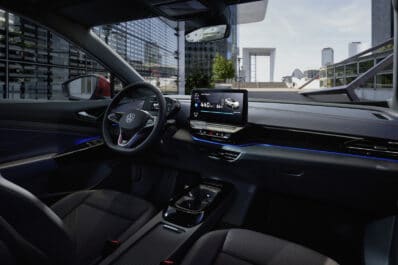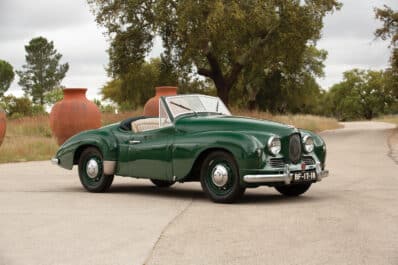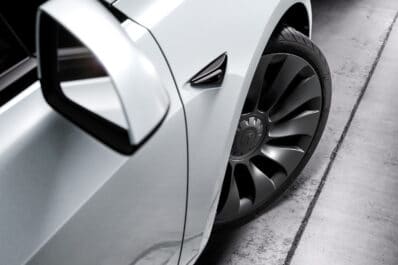Though the exact nomenclature has changed throughout the years, Volvo has traditionally relied on an alphanumeric naming system since it built its very first model, the ÖV 4, which, in English, translated into “open car, four cylinders.” But, it appears, we’ll be saying goodbye to familiar badges such as the XC40 and V90, Volvo’s CEO saying the Swedish brand plans to give future products real names.
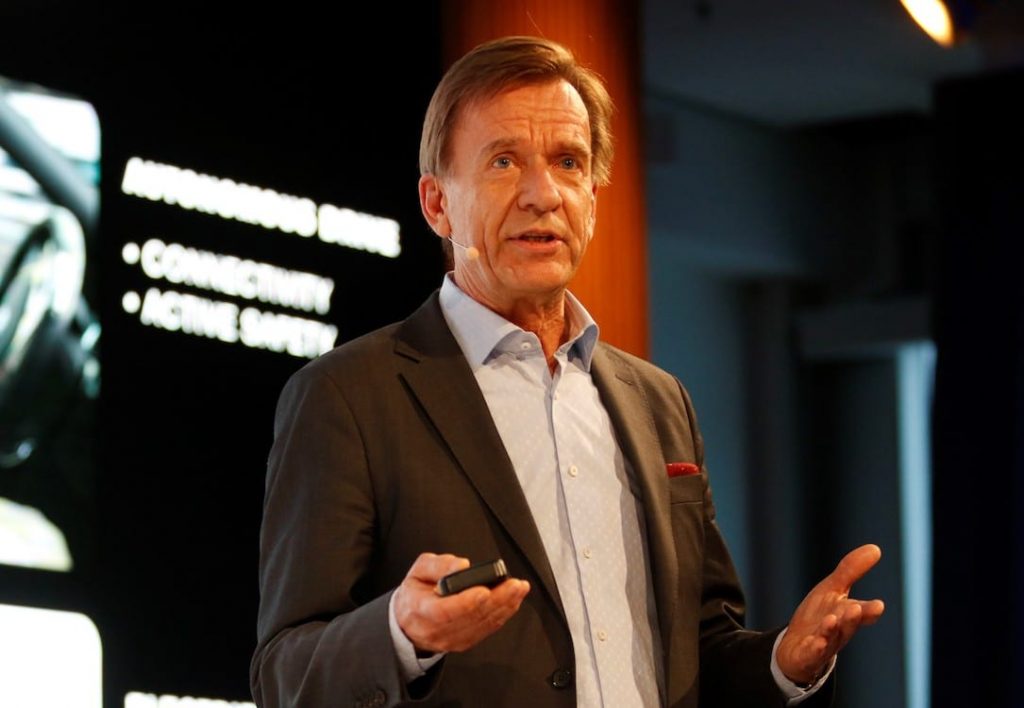
That’s one of the many changes that appears to be coming at Chinese-owned Volvo. An IPO is approaching, according to numerous sources. And, as TheDetroitBureau.com today reports, Volvo is buying out parent Geely Holding’s stake in their joint ventures.
Volvo also is migrating towards an all-electric future — by 2025 offering only battery-electric vehicles and plug-in hybrids and, by 2030, producing only BEVs. The change in naming strategy will be timed to reflect that transition, global CEO Håkan Samuelsson told British publication Auto Express.
New strategy for all-new, plug-based products
“If you look at cars today, they all have XC, T8, AWD, double-overhead-cam — their full specifications on the rear of many cars,” Samuelsson pointed out. “Now, we’re talking about a new architecture, one that’s born electric and all electric. I think it’s good and clear to mark that this is a new beginning.
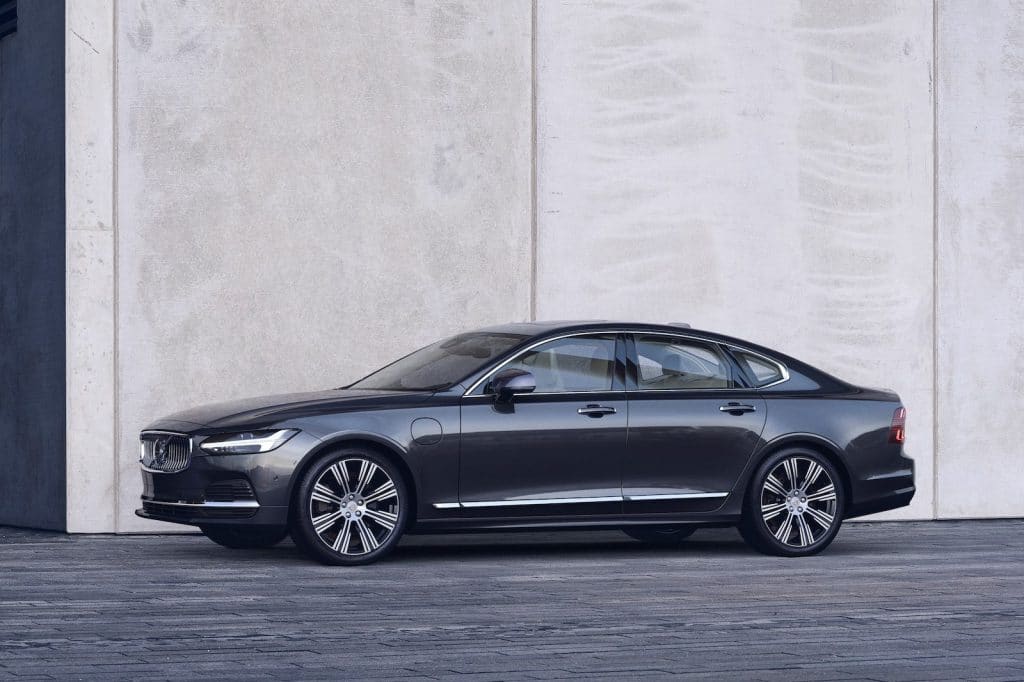
“That’s why,” he added, “we’re not going to have numbers and letters, an engineering type of name. We’re going to give cars a name as you give a newborn child. We have a very interesting and creative discussion going on about this now.”
Alphanumeric names have become the norm in the luxury market — with the exception of super-premium brands like Rolls-Royce and Bentley — and some exotics like Aston Martin. Others, such as Lamborghini and Ferrari, use a mix of conventional names and numbers that touch on details like the size of an engine or whether the car has all-wheel drive.
Poseurs
For some marques, alphanumerics are an intrinsic part of their identity, Audi, BMW and Mercedes-Benz being the best examples.
Others can come across like poseurs. Acura hurt itself by switching from the likes of Legend to RL and TL, most analysts contend. And Lincoln’s experiment fell flat, the automaker recently abandoning such meaningless nameplates as MKX and MXT for Nautilus and Aviator.
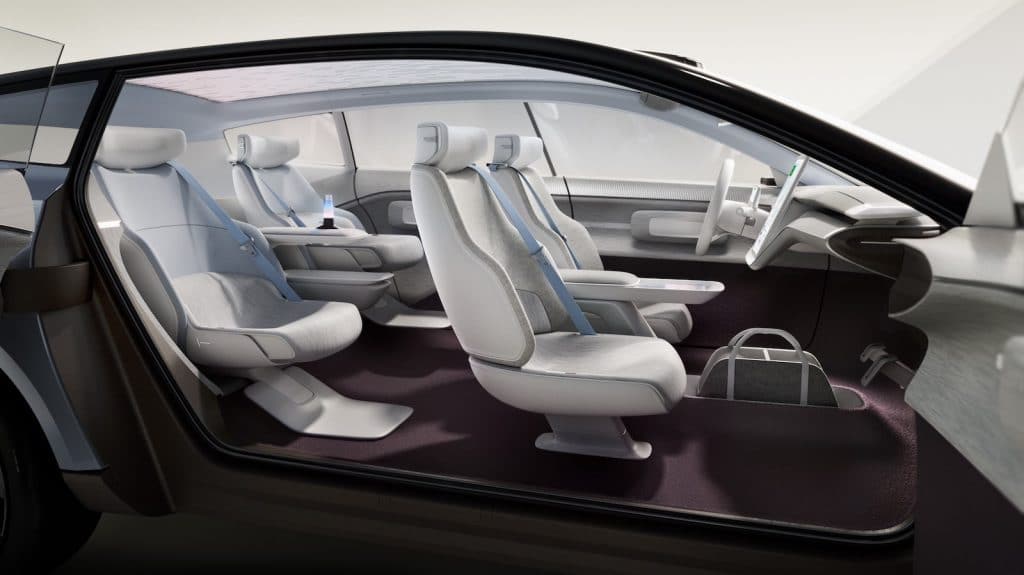
During its history, Volvo tweaked its approach on numerous occasions. Long gone are the likes of the P1800, 240 and 850. Most folks can distinguish the type of body style, as well as where a Volvo model fits in the line-up with current badging like S40, XC70 and V90, here a sedan, SUV and wagon of increasing size and cost.
A major transition
Volvo isn’t just switching from gas to electric. It also will replace existing platforms with new, skateboard-like underpinnings, such as the new Scalable Product Architecture, or SPA2, which will be used for larger battery models — such as the next-generation XC90 Recharge.
“Calling that just a new XC90 would be wrong because this is the really a first of its kind,” explained Samuelsson.
If Volvo hits its target, the first stage of its electrification program will see BEVs and PHEVs account for 300,000 sales in 2025 — about half of its global volume.
The first of the new names should show up bolted to the back of the XC90 replacement which will be built at Volvo’s South Carolina assembly plant. Production is expected to begin in late 2022 as a 2023 model.



